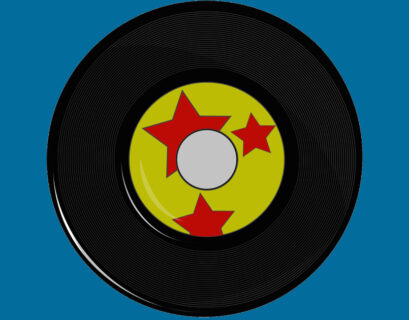It’s the time of year for saving money!
I have to say that had I not known that the new Bob Marley & The Wailers archival release of a classic 1973 studio session was taken from a video source, I might have thought this was a rough mix made from multitrack master. But then I was alerted that it was all in Mono and upon closer listen I can hear that made-on-the-fly essence despite a wonderful presence of the band in the studio.
This was analog video in 1973 so it is not entirely surprising that the sound is so warm. And thus it is also not surprising that Bob Marley’s The Capitol Sessions ’73 has been pressed on to vinyl records from that source. However, we need to understand and accept that there are challenges inherent to this material, so there will be periodic distortions you may notice, possibly resulting from levels which were perhaps not being monitored to the audio feed going on to the video tape as closely as they might have been (apparently the multi-track master are long lost, alas, so this is all that remains). Perhaps the engineers got a bit of a contact high from the spliffs Marley lights up at the start of the video! Joking aside, speaking of video, if you missed my earlier review of the DVD you should click here to jump to it for some insights into the package.
Like on the DVD, The Capitol Sessions ’73 is streaming on Tidal in 24-bit, 48 kHz MQA format (click here) which sounds quite wonderful all things considered. The tom toms on “Rastaman Chant” are huge sounding to the point where you can almost feel the air they are pushing through the large drums there. The version on Qobuz (also streaming in 48 kHz and 24-bits) has a nice resonance, again particularly on that big floor tom tom (click here), but the stream is a bit brighter sounding overall.
Comparatively, the audio feels a bit more reigned in on the vinyl version — I would guess to keep your stylus from jumping out of the grooves. Both versions sound basically good but — again, just guessing here — I get a sense that whomever did the vinyl mastering (ie. cutting the lacquers) might have had some challenges with the blur of low end and mid range sounds working with this less than perfect master tape.
When you jump between platforms you start to appreciate the strengths, weaknesses and challenges of each version. In preparing the streaming digital version there may not have been as much need for additional compression applied to the recording. So, in this instance the streaming versions when played through a DAC to deliver the full resolution to your speakers, sounds at times bigger than the vinyl.
There are tradeoffs, no doubt. The vinyl version while a bit more restrained in its presentation might sound a bit more like Marley’s recordings of the period vs. the crisper feel of the DVD and streaming versions (if that makes some reverse logic sense to some of you).
There is of course something nice about playing this on an LP, that album feel you get flipping the sides and enjoying the large scale cover art. You get none of that aesthetic when streaming. The other thing to keep in mind is that by buying the album you are helping to ensure that the powers that be who put up the funds to bring this album to market get compensated fairly. Unfortunately, the economics of streaming are not generally in favor of the artists yet it seems.
If you like listening to Bob Marley, and enjoy vinyl as your medium of choice, then by all means pick up The Capitol Sessions ’73. If you already have the DVD, that may be enough for some of you. But if you get the vinyl — and there are several color variants which I have not heard, by the way — be sure to also get the DVD as that is essential viewing to appreciate this performance.




















